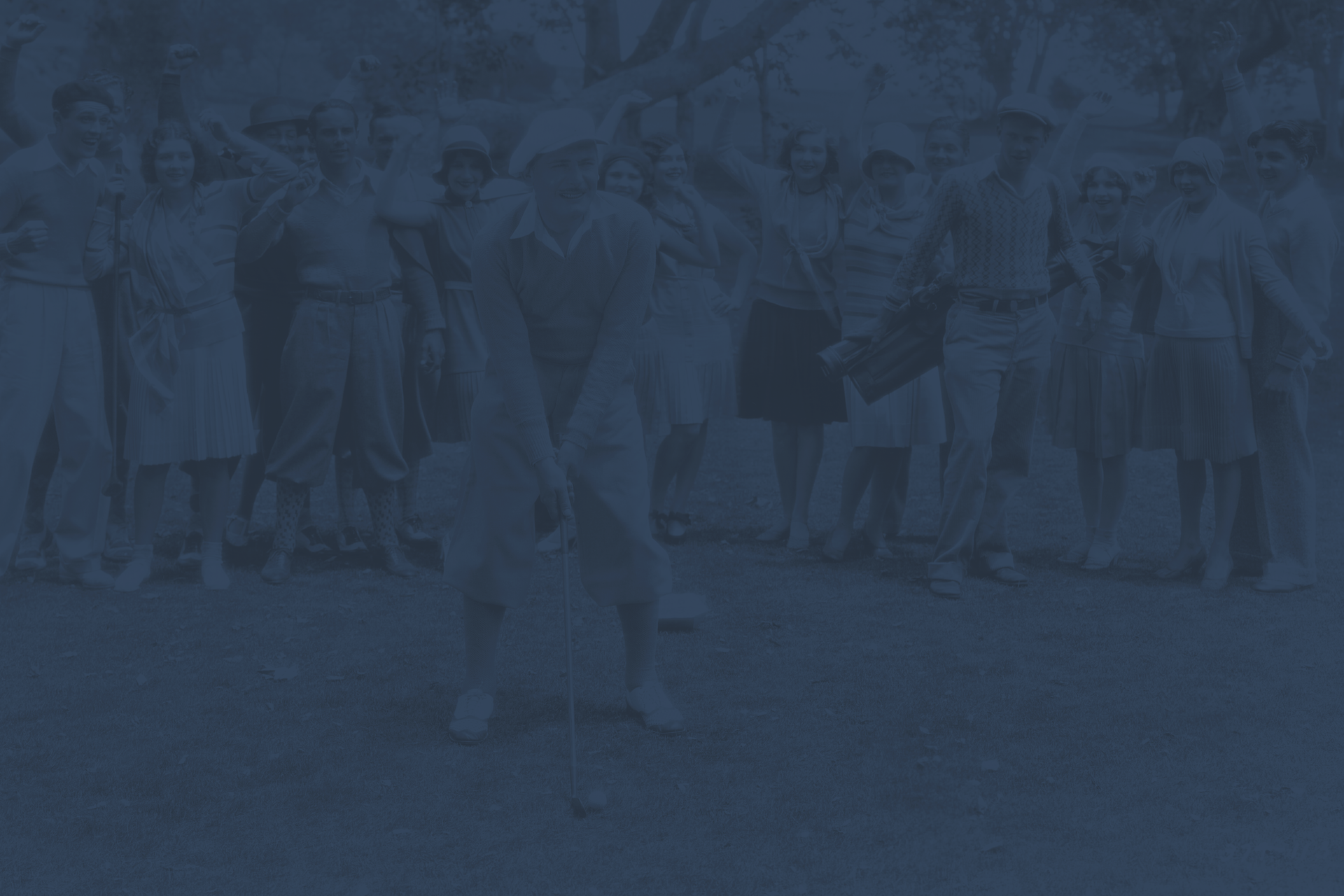What is Gait Analysis?
Gait analysis is the biomechanical evaluation of how you walk or run. There are many types ranging in complexity of the technology used. At the top of that mountain is optical motion capture. It is the most advanced and accurate system that measures every micro detail of your gait including key features that cannot be seen with the naked eye. It is an excellent tool to assess the dynamic function of the whole body. You can also easily adjust the intensity based on your capabilities and desired outcomes – whether you want to run a marathon or just walk around the block without pain. This technology provides unprecedented insights in gaining an understanding of performance as well as the causes of aches and pains. Clinicians use gait analysis to inform treatment have a quantified point of reference to measure change over time and treatment efficacy – it is a great “gateway” assessment.
What Do We Look For?
Even during low intensity walking, every part of the body must work together to coordinate the movement through balance, muscle activation, and force transfer. It is all about timing and positioning. And while there is no “perfect” way to walk, there are elements of a healthy gait cycle that demonstrate both the mobility and stability needed to optimize performance and mitigate injury. But if there’s one thing the body is good at, it’s compensation. Our creativity knows no bounds when it comes to movement solutions – some great…some less so. With a simple gait analysis, those patterns tend to emerge rather quickly.
The gait pattern is broken down into two phases per leg: the Stance Phase and Swing Phase. The Stance Phase can be further separated into Early, Mid and Late Stance marked by key movement features: heel down, full weight acceptance, toe off. As a first step, we compare the right and left sides to see the symmetry throughout the body to identify any major imbalances and compensation patterns. After that, we can get into the nitty gritty.
We typically start from the ground up. The feet are arguably the most important measurement of the gait cycle. How your feet interact with the ground reveals how load is managed up the chain and throughout the rest of your body. A biomechanical dysfunction in your feet such as excessive pronation or supination or poor ankle mobility has been linked to a multitude of complaints from plantar fasciitis to the knee pain and low back.
As our analysis moves up the body, we stop at every joint and segment to analyze position, angle, speed, and timing to identify dysfunction. Seeing excessive knee valgus, poor pelvis positioning, and even arm swing mechanics helps identify where the issues could be and how your body has found its own unique way to compensate. This informs our online recommendation engine that provides insights about your unique brand of compensation, as well as exercises that will help strengthen any weaknesses in order to improve performance and reduce pain.



